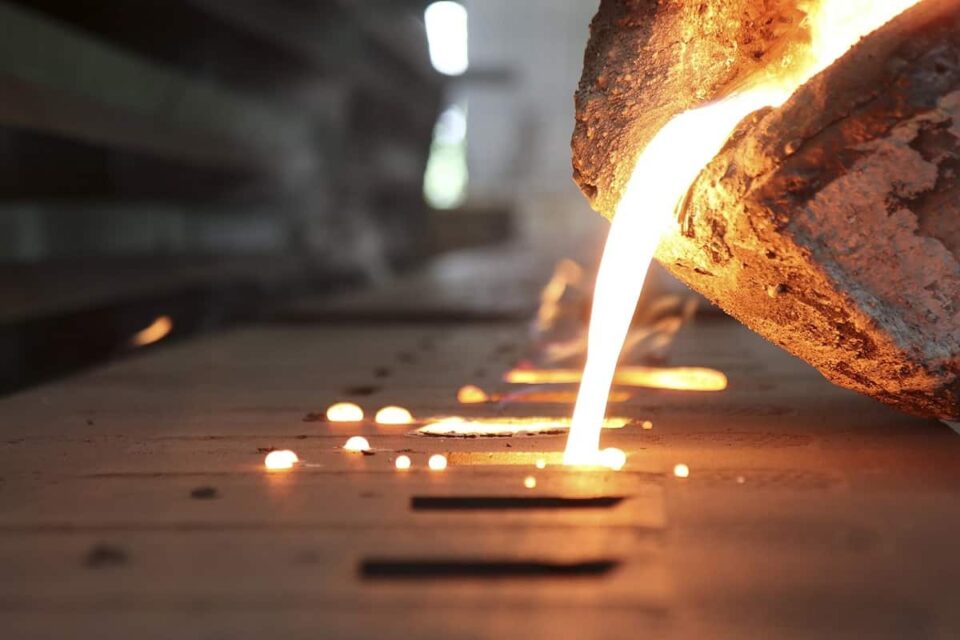At the manufacturing process, investment castings which is lost wax castings are produced without the use of wax. This technique is widely regarded as one of the oldest techniques of producing metals that is being used in modern times. Bees waxes were previously used to produce the patterns for investment castings, which enabled for more elaborate designs to be created. During the whole of the process, waxes and refractory materials that are of the greatest technical level are now taken into account. The consideration of specialized alloys has just been introduced. One of the most fundamental reasons why castings for pump industry is so essential is that it enables the accurate and versatile use of a broad variety of metals and alloys.
An Explanation Of How Casting For The Pump Business Came Into Existence
Over the course of its era, the cast iron pump casing was exposed to larger phases of wear, which eventually resulted in a lessen in discharge pressure and finally led to the pump being taken out of service. A complete investigation and analysis for repairs was completed on the pump after it was taken off and then sent to a local pump aftermarket supplier for further examination.
Due to the fact that cast iron cannot be repaired by welding, the process of recovering the fittings and bringing them back to the right clearances became a difficult challenge to overcome throughout the repair process. Historically, the technique of renovation involves the use of bronze, which has the ability to form bonds with the substance of cast iron. The complaint of this pump, on the other hand, has seen a noteworthy increases compared to old times.
Accuracy casting techniques, such as investment casting and die casting, were established in the 20th century all due to technological developments. These practices achieved an even higher level of accuracy and detail than their predecessors. The construction of more complex pump designs was made possible as a result of such advances, which gave improvements in both efficiency and performance.
The Cast Pump Parts That Various Firms Provide
The cast pump body, pump housing, impeller casting, and pump mounting bracket are all examples of what they have to offer. Additionally, these pump castings are used in the oilfield, oil extraction and refining, petrochemical, water treatment sectors, solid waste treatment, concrete building, and a variety of other industries.
These companies are able to utilize any and all types of metal materials, depending on the requirements of their clients. Examples of such materials include stainless steel that is resistant to heat, cast ductile iron, grey iron, and various alloys of steel. Also, the quality control people and spectrometer guarantee that the alloy compositions are accurate.
Benefits Of Casting For Pump Industry
It is not simply technology that is driving force behind the formation of the pump business; it was also the growing knowledge of fluid mechanics that was in the process of developing.
We have listed few benefits below:
- It can handle harmful fluids
Pumps designed to handle both hazardous and sensitive fluids play a crucial role in a variety of industrial and commercial applications, offering unparalleled versatility and safety in fluid management. These pumps utilize advanced materials and engineering techniques to ensure they can efficiently transfer aggressive chemicals like acids, solvents, or corrosive substances and delicate fluids like pharmaceuticals or food products.
- No leakage
Strong impellers and volutes that channel fluids smoothly are often included into the design of castings for pumps. This helps to reduce the likelihood of cavitation and vibration, both of which may result in the failure of the pump’s mechanical components it lessens the contact points where leaks could occur.
- No power loss and best material
Casting for pump industry methods are remarkably simple in design, often comprising just a few key components, yet they result in highly efficient operations with minimal energy loss. By using the forces of magnets, these friction-less systems facilitate smoother movement and greater longevity, as there are no abrasive interactions that lead to wear and tear.
Bottom Line
We hope this exploration has provided you with valuable insights into how casting has not only transformed the pump industry but also set the stage for future innovations.

